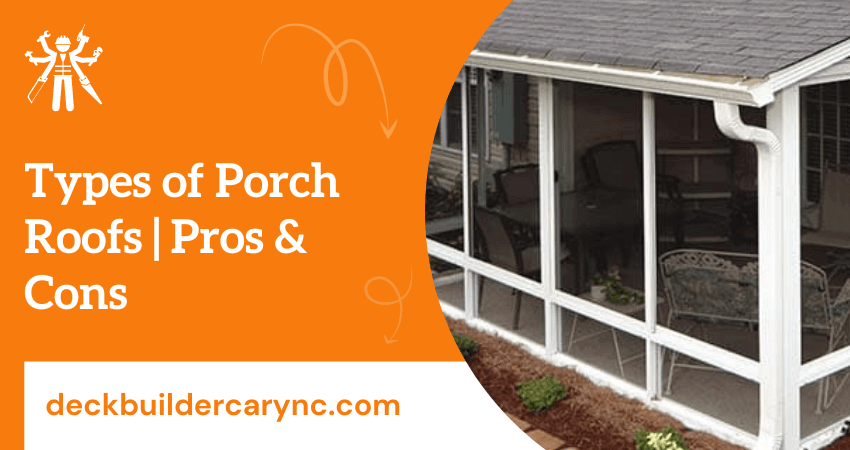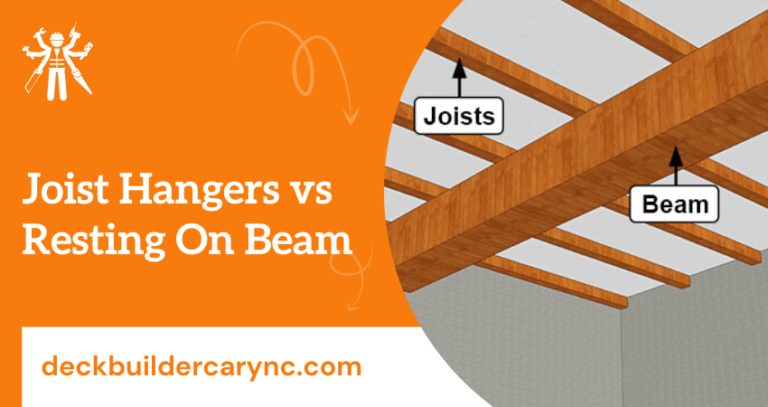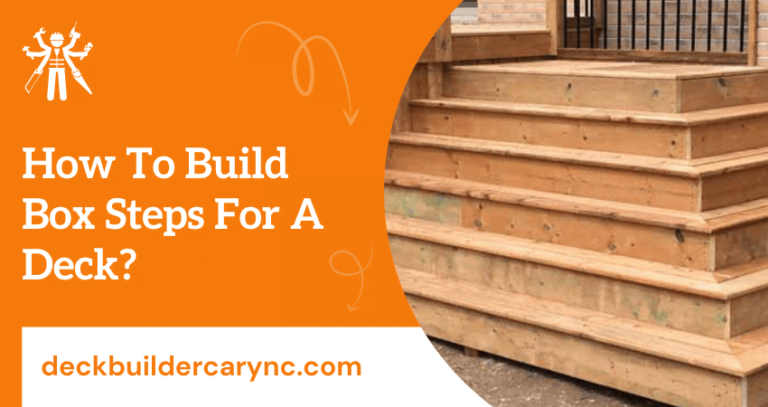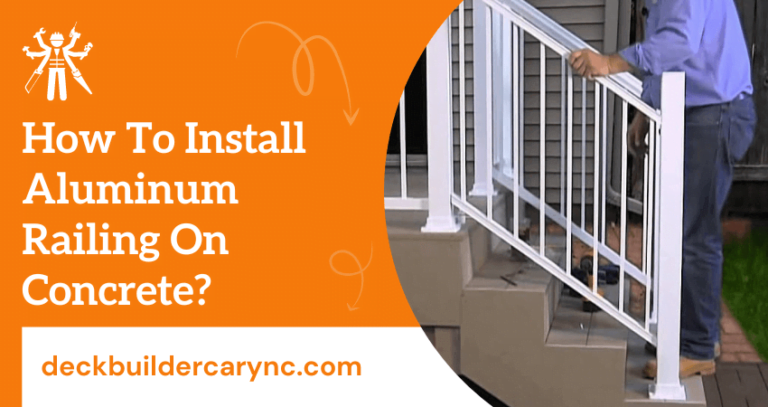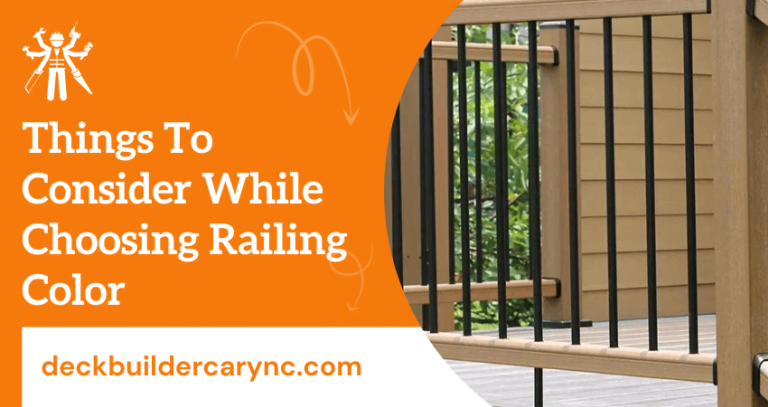Types of Porch Roofs | Pros & Cons
Porch roofs are a great way to add character, style and protection to your deck or patio. Whether you’re building from scratch or upgrading an existing porch roof, understanding the different types of porch roofs available can help you make the best decision for your home. From single-slope shed designs to gable structures, there are numerous options when it comes to deck and porch roofs.
In this blog post, we’ll cover the various types of porch roof designs – discussing their strengths and weaknesses and how they could work with your vision for your outdoor space. So read on if you want to know more about porches and selecting the right type of roof for yours!
Types of Deck Porch Roofs
There are a variety of different types of deck porch roofs that can be used to protect your outdoor living space. The most common types of porch roofs are:
1) Gable roof
The Gable roof has two sloping sides and meets in the middle providing a peaked look. This style is great for areas with higher rainfall since it allows water to easily run off from each side. Also, this style offers a great deal of ventilation.
Some of the pros of a gable roof are:
- Allows for easy runoff of rain and snow
- Provides good ventilation
- Is a popular style among homeowners
Some of the cons of a gable roof are:
- Can be more expensive than other types of roofs
- May not be as sturdy as other types of roofs
2) Hip Roof
Hip roofs are sloped on all four sides and meet at the top, providing more stability than gable roofs. This style also provides added protection from rain and snow, since it has a less flat surface area for water to collect.
Some of the pros of a hip roof are:
- Provides more stability than gable roofs
- Allows for better runoff of rain and snow
- Less flat surface area, providing better protection from the elements.
Some of the cons of a hip roof are:
- More expensive than gable roofs
- Can be more challenging to install in certain areas due to its complex shape.
3) Flat Roof
Flat roofs are typically used for areas with minimal rain and snowfall since they don’t have any sloping sides to allow for easy runoff of precipitation. Despite this, flat roofs can still provide plenty of protection when paired with the right material.
Some of the pros of a flat roof are:
- Typically less expensive than other types of roofs
- Can be easily accessed for maintenance
- Provides a great area for outdoor activities such as sunbathing or relaxing.
Some of the cons of a flat roof are:
- Not ideal for areas with heavy rain or snowfall
- May need additional protection against the elements, such as a waterproof material
- More susceptible to damage from debris and high winds.
4) Combination roof
A combination roof is a hybrid of two or more different types of roofs. This style can be used to combine the benefits of various roof styles while minimizing their drawbacks. For instance, a combination roof may have sloping sides and a flat top, allowing for easy runoff while also providing an area for activities like sunbathing.
Some of the pros of a combination roof are:
- Can combine the benefits of different types of roofs
- Allows for more flexibility with design
- Typically less expensive than other types of roofs.
Some of the cons of a combination roof are:
- May require additional maintenance
- May be more challenging to install due to its complex shape
- May not provide as much protection from the elements.
Overall, there are a variety of different types of deck porch roofs that can be used to protect your outdoor living space. Whether you’re looking for something simple or more complex, there’s a style of roof to fit your needs.
By taking the time to consider different types of roofs and their unique benefits and drawbacks, you can be sure to find one that meets the needs of your deck porch.
Factors to Consider When Choosing a Deck Porch Roof
Some of the following factors should be taken into consideration when choosing the right deck porch roof for your project:
1. Design
Consider what type of design you would like for your deck porch roof. Do you want a traditional gable or hip style, a modern shed style, an arched style, or something unique? Different designs can provide different levels of protection from the elements and can be used to create a specific aesthetic.
2. Materials
Different materials are available for deck porch roofs including wood, metal, composite and asphalt shingles. Depending on where you live, local building codes may dictate what types of materials you can use. Consider which material will provide the most protection from the elements and make the most sense for your budget.
3. Installation
You can hire a professional to install your deck porch roof or do it yourself, depending on the complexity of the project. If you choose to have a professional installer, consider their experience and reputation to ensure that they understand all local building codes and can provide quality workmanship.
4. Maintenance
Different deck porch roof materials require different levels of care and maintenance. Consider the amount of time you have available to tend to your roof, as well as any special cleaning or treatments that may be needed over time. This can help you determine what material is best for your needs.
5. Cost
Last but not least, consider your budget. Different materials and installation techniques will have different costs associated with them, so it’s important to weigh all of the factors before making a decision.
6. Weather Conditions
You should also consider the weather conditions in your area. Different materials and designs can provide better protection from wind, rain, snow and hail. Make sure that you choose a roofing material that is suitable for the climate where you live.
By carefully considering these factors you can make an informed decision about which deck porch roof is right for you and your project. Knowing what options are available and understanding the pros and cons of each will help you make the best choice for your needs.
Final Words
In conclusion, there are countless types of porch roofs that you can choose from. From flat roofs to gable roofs and hip roofs to raised roofs, the possibilities are nearly endless. Aesthetically speaking, a correctly chosen roof can quite radically change and enhance your porch’s look and style.
Functionally speaking, if your motivation for getting a new roof is keeping your porch dry when it rains or snows, then you’ll have plenty of options as well. Do your homework before making this important decision so that when you’re all done with the project it’s something you can be proud to show off for years to come.
If you’re still feeling overwhelmed by all the choices available, please don’t hesitate to reach out to a professional contractor or designer for help and advice in making the best decision possible for your porch.

